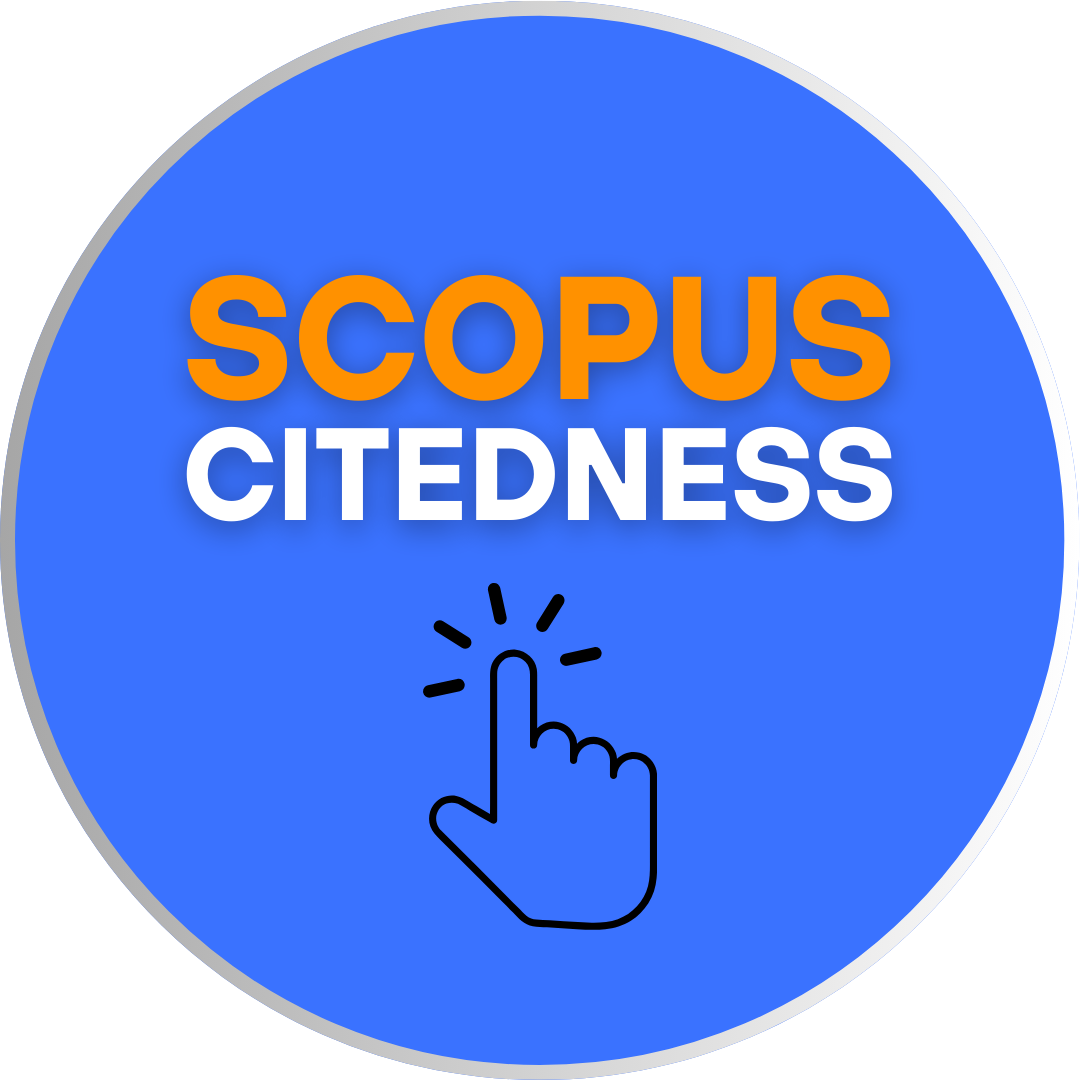STUDENTS’ RESPONSES ON ENGLISH DEPARTMENT LECTURERS’ COMPETENCE
DOI:
https://doi.org/10.18592/let.v5i2.1446Keywords:
Students’ response, English Department, Lecturers’ CompetenceAbstract
Lecturers have an important role in students academic achievement. There are a number of qualities and competences required by good lecturers. This research is conducted to find out students’ responses and their expectations on English department lecturers’ competence . There are ninety students of English Department which are taken from the fourth, sixth and eighth semester students involved in this study. Questionnaire, interview, and documentation are used to gather the data . The result showed that students’ responses on English Department lecturers’ professional competence is in good catergory with mean score 4.1 and total percentage 82%. Meanwhile, students’ responses on English Department lecturers’ pedagogical competence is categorized as good with mean score 4.0 and total percentage 80%. Most students expect that the lecturers come on time to the class. They also expect that the lecturers use interesting media in teaching and learning, select appropriate method and technique in teaching, and give more feedbacks to the students. They also hope their lectures provide much time for consultation.References
Anggraeni. Dewi.R. (2013).Increasing Lecturer Competence as the Quality Assurance of Lecturer Performance, retrieved January 10, 2014, from http://www.wbiworldconpro.com/uploads/china-conference-2013 /management/1370754128_404-Rinny.pdf
Arifin, Daeng&Arifin, Pipin. (2010).Keprofesionalan Seorang Guru, Bandung: Pustaka Al Kasyaf.
Arikunto, S. (1997).Dasar-Dasar Evaluasi Pendidikan, Jakarta: BumiAksara.
Arikunto, S. (2006).Prosedur Penelitian: Suatu Pendekatan Praktik. Edisi Revisi VI. Jakarta: PT Rineka Cipta.
Babbie, Earl R. (2010). The Practice of Social Research. 12th ed. Belmont, CA: Wadsworth Cengage.
Brown, Douglas. (2007).Principle of Teaching and Learning, San Francisco: Pearson Education.
Brown, H. D. (2001).Teaching by Principles, An Interactive Approach to Language Pedagogy, Second edition. New York: Addison Wesley Longman, Inc.
Caskey, M. M., &Anfara, V. A., Jr. (2007). Research summary: Young adolescents’ developmental characteristics. Retrieved 6/14/ 2013, from http://www.nmsa.org/Research/ResearchSummaries/DevelopmentalCharacteristics/tabid/1414/Default.aspx.
Cherry, Kendra. (2014). What Is an Unconditioned Response, Retrieved Mei, 10, 2014 from http://psychology.about.com/od/uindex/g/uncondstim.htm.
Cherry, Kendra. (2014). What Is a Conditioned Response, Retrieved Mei, 10, 2014 from http://psychology.about.com/od/uindex/g/condstim.htm.
Collins Cobuild dictionary on CD room, (2006).
Djamarah, Syaiful Bahri. (2010).Guru dan Anak Didik dalam Interaksi Edukatif, Jakarta: PT RINEKA CIPTA.
Djamarah, Syaiful Bahri&Zain, Aswan. (2010). Strategi Belajar Mengajar, Jakarta: Rineka Cipta.
Dalyono, M. (2010).Psikologi Pendidikan, Jakarta: RinekaCipta.
Daryanto, (2010).Belajar dan Mengajar, Bandung: CV YramaWidya.
Daryanto, H. (2008). Evaluasi Pendidikan, Jakarta: RinekaCipta.
Fauzi, Ahmad. (2008).Psikologi Umum, Bandung: PustakaSetia.
Hadari Nawawi H. (1983).Metode Penelitian Bidang Sosial, Yogyakarta: Gajah Mada University Press.
Hamalik, Oemar. (2008).Proses Belajar Mengajar, Bandung: PT BumiAksara.
Islamuddin, Haryu. (2012).Psikologi Pendidikan, Yogyakarta: PustakaBelajar.
Jalal. F, Samani M, Chang. C. M, Stevenson. R, Ragatz. B. A, & Negara. D. S.
(2009).Teacher Certification in Indonesia: A Strategy for Teacher Quality Improvement. Jakarta: The World Bank.
Margono, S. (2004).Metodologi Penelitian Pendidikan, Jakarta: PT RinekaCipta.
Nasution, S. (2012).Metode Research, Jakarta: PT BumiAksara,.
Oxford Learner’s Pocket Dictionary fourth edition.(2008). Cambridge: Cambridge University Press.
Pappas, Christopher. (2013).8 Important Characteristics of Adult Learners, retrieved June 5, 2014 from http://elearningindustry.com/8-important-characteristics-of-adult-learners.
Kamus Besar Bahasa Indonesia Edisi ketiga. (2005). Jakarta: Balai Pustaka.
Qiuyan.T.(2009). Analysis on the Competency Model of the Lecturers in the
Application Oriented University, retrieved January 10, 2014, from http://www.seiofbluemountain.com/upload/product/200909/2009jyhy04a51.pdf
Rami, Lalor, Berg, Lorencovicova, Lorencovic, MaizteguiOñate, & Elm. (2006). Competencies for educators in Citizenship Education & the Development of Identity in First & Second Cycle Programmes: Volume 1, London: Holloway Road,
Sahan. (2009).Teacher’s Competence and Students’ Achievement, retrieved January 16, 2014, from http://my vision teacher’s competence.htm
Salyers, Fran & McKee, Carol. The Young Adolescent Learner, retrieved May 27, 2014 fromwww.lopdf.net/...,/The-Young-Adolescent-Learner.
Soemanto, Wasty, (2006).Psikologi Pendidikan, Jakarta: RinekaCipta.
Sidin, Robiah. (1993).Classroom Management, Kuala Lumpur: FAJAR BAKTI, SDN. BHD.
Sugiyono (2013).Metode Penelitian Kuantitatif, Kualitatif dan R&D, Bandung: CV ALVABETA.
Suparlan. (2006). Guru sebagai Profesi, Yogyakarta: HIKAYAT.
Syah, Muhibbin. (2011).Psikologi Pendidikan, Bandung: PT REMAJA ROSDAKARYA,
Undang-undang RI No 14 Thn 2005, Tentang Guru dan Dosen dan Peraturan Mendiknas No. 11tahun 2005 Beserta Penjelasannya, Bandung: Citra Umbara, 2006.
Ur, Penny. (2009).A Course in Language Teaching: Practice and Theory, United Kingdom: Cambridge University Press.
Usman, MohUzer. (1991). Menjadi Guru Professional, Bandung: PT REMAJA ROSDAKARYA.
Wikipedia. (2014). Questionnaire, Retrieved Mei, 10 2014 from http://en.wikipedia.org/wiki/Questionnaire
Downloads
Published
How to Cite
Issue
Section
License
Authors who publish with this journal agree to the following terms:
- Authors retain copyright and grant the journal right of first publication with the work simultaneously licensed under a Creative Commons Attribution License that allows others to share the work with an acknowledgement of the work's authorship and initial publication in this journal.
- Authors are able to enter into separate, additional contractual arrangements for the non-exclusive distribution of the journal's published version of the work (e.g., post it to an institutional repository or publish it in a book), with an acknowledgement of its initial publication in this journal.
- Authors are permitted and encouraged to post their work online (e.g., in institutional repositories or on their website) prior to and during the submission process, as it can lead to productive exchanges, as well as earlier and greater citation of published work.
LET (LINGUISTICS, LITERATURE, AND LANGUAGE TEACHING) http://jurnal.uin-antasari.ac.id/index.php/let/index licensed under a Creative Commons Attribution 4.0 International License.
















